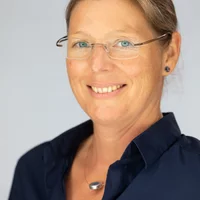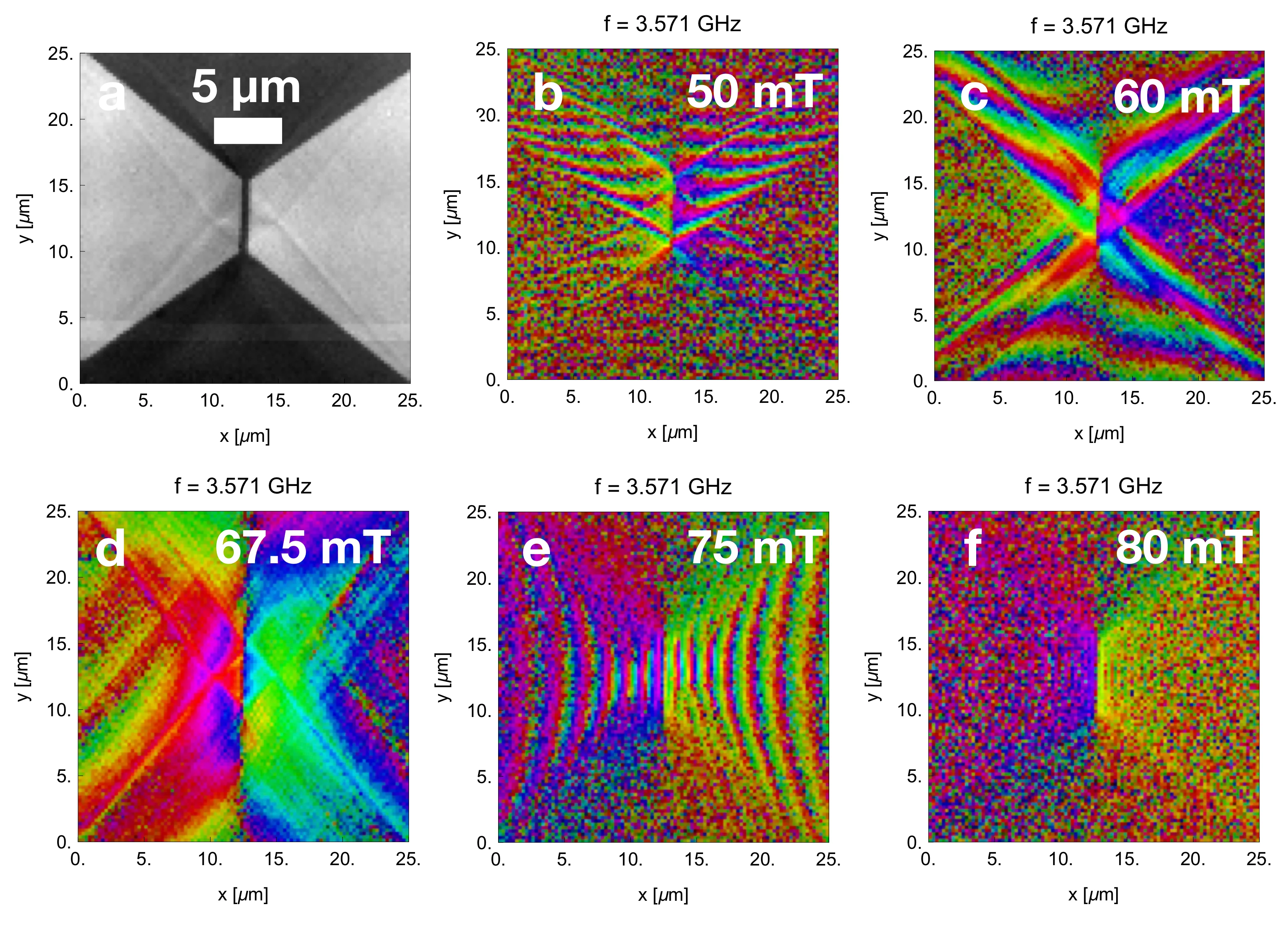Nonlinear magnonics
Magnonics, the study and development of devices utilising collective spin excitations, is a rapidly growing field, covering both fundamental topics (antiferromagnetism, quasiparticle condensates) and technological applications (MRAM, spintronics). We use a host of optical, electrical and x-ray based techniques to study the nonlinear and quantum regimes of magnonics, with the goal of utilising such processes in future magnonic technologies.
The study of magnons, the quasiparticle description of collective spin excitations, and magnonics, the development of devices utilizing magnons to perform information processing tasks, are rapidly growing fields covering many important fundamental and technological topics. A frequently proffered advantage of magnonics over conventional electronics is the lack of ohmic losses in the flow of magnons. This advantage is mute however in the presence of other significant dissipative losses such as Gilbert damping. Yttrium iron garnet (YIG), a ferrimagnetic insulating oxide, has long been appreciated in the context of high-Q microwave filters that make use of its sharp ferromagnetic resonance. However, the long magnon lifetime, with damping values up to three orders of magnitude lower than conventional metallic magnetic materials, along with advances in thin film growth and processing capabilities has seen a resurgence of interest in YIG from the magnonics community.
A phenomena closely linked to the extremely long lifetimes of magnons in YIG is their reported Bose-Einstein condensation (BEC) at room temperature. A finding that has raised many questions about the nature of a quasiparticle BEC in quasi-equilibrium, its relation to traditional BECs familiar from cold atom physics, and other types of macroscopic coherent phenomena. From an applications perspective the incorporation of condensate related phenomena to the magnonics toolbox would open the door to supercurrents of magnons and quantum information processing.
The goal of this project is to use new x-ray techniques to study such exotic magnonic phenomena with a goal of developing devices.
Recent preprints
Multi-band Bose-Einstein condensate at four-particle scattering resonance
J. Bailey, P. Sukhachov, K. Baumgaertl, S. Finizio, S. Wintz, C. Dubs, J. Raabe, D. Grundler, A. Balatsky, G. Aeppli
arXiv:2201.11043
Project members
Head of PSI Center for Photon Science






